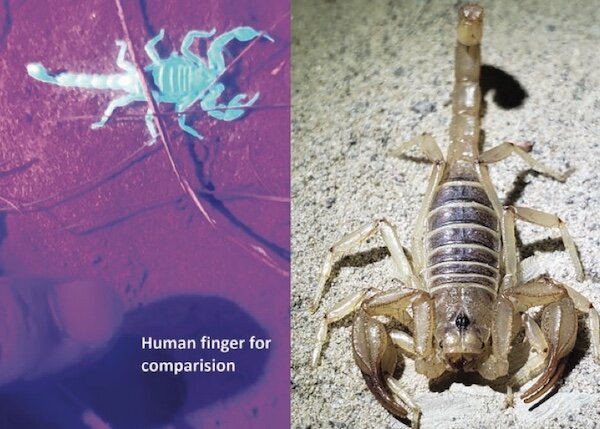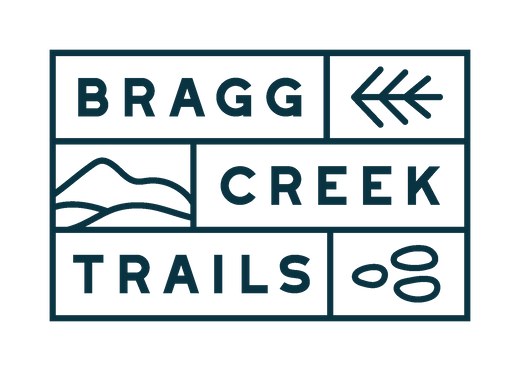
Amidst the nocturnal wilderness, I venture under the celestial canopy, accompanied only by moonlight and stars, unwilling to use artificial lights in this captivating nocturnal world. This past summer, a singular mission called me forth leading me to forsake my cherished rule of remaining invisible amidst the shadows: to seek out the elusive Northern Scorpion, one of Alberta’s elusive and seldom- discussed inhabitants.
In the haunting embrace of October, let us embark on a journey into the eerie south corners of our province. Brace yourself, for I reveal what some see as a chilling truth—scorpions dwell among us. But before dread consumes your thoughts, allow me to unveil the remarkable tale of these elusive creatures. They are not mere specters of the night; they are a testament to our land’s unique character. Behold, the Northern Scorpion, the only scorpion species to claim Canada as their home— the northernmost scorpions on Earth.
Venture just a bit further south, from Medicine Hat to the Montana border, and secrets await those with the knowledge and tools to unravel their mystery. Prepare yourself, for we are about to embark on a journey in pursuit of these elusive residents of the night.
Scorpions are arachnids with eight legs. Two legs are modified into front pincers they use for catching prey, like grasshoppers and spiders. Their whip-like tails bear an iron-laced barb for injecting venom into their prey. Adult scorpions are no longer than five centimeters, and the young can be as small as the width of my pinkie, smaller still if they are still riding on the backs of their mothers. They are so tiny that anyone I have brought on a scorpion search can’t help but coo or awe at their size when we find one. Their venom, designed for insect-sized prey, is relatively ineffective on humans. Stings on humans have been compared to that of a hornet. Once found, scorpions freeze, hoping to avoid detection and only scuttle for cover if you do not respect their space.
For a successful scorpion search, you’ll need a UV or black light. Northern scorpions are incredibly small and well camouflaged with sandy-colored undersides and light purple tops, ideal for the sandy dry desert habitats like the Badlands where they can be found. They are nocturnal, almost invisible to humans. Fortunately, scorpions have a cool feature—the beta-carboline in their exoskeleton glows bright green under UV light. Some scientists think they use this ability to detect UV radiation and avoid sources of light, helping them hide from predators. If you spot one while scanning the sandy ground with your UV light, ensure a brief encounter, as they’re on their own search for food, and we don’t want to deter them.
Arm yourself with a UV light and explore Alberta’s southern Badlands. Even if elusive scorpions evade your gaze, you could be enchanted by other creatures and flora that also phosphoresce and paint the night with their radiant glows, leaving you spellbound.
Embrace the enigmatic world of the Northern Scorpion in this haunting wilderness, and let the night reveal its secrets, one UV-lit adventure at a time.

























